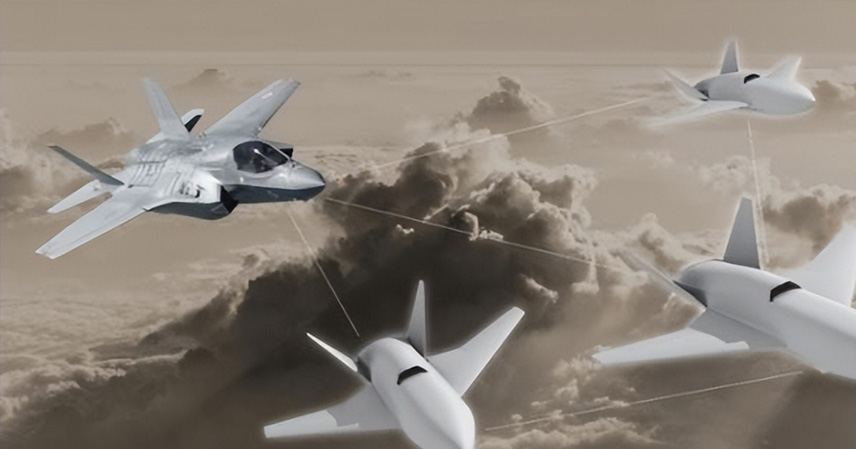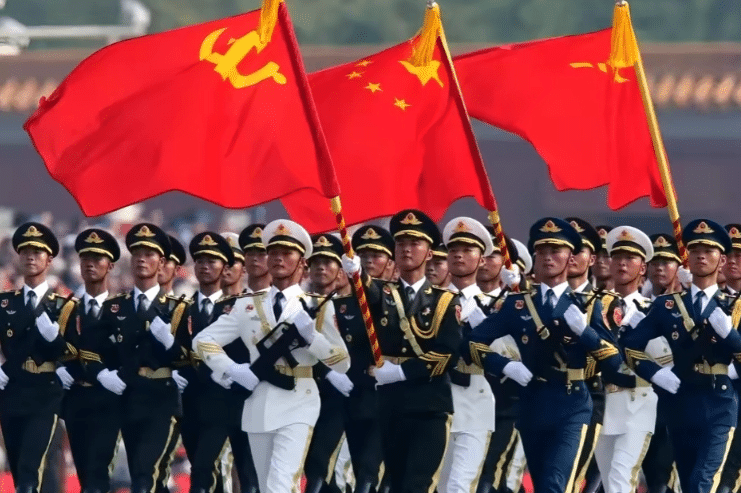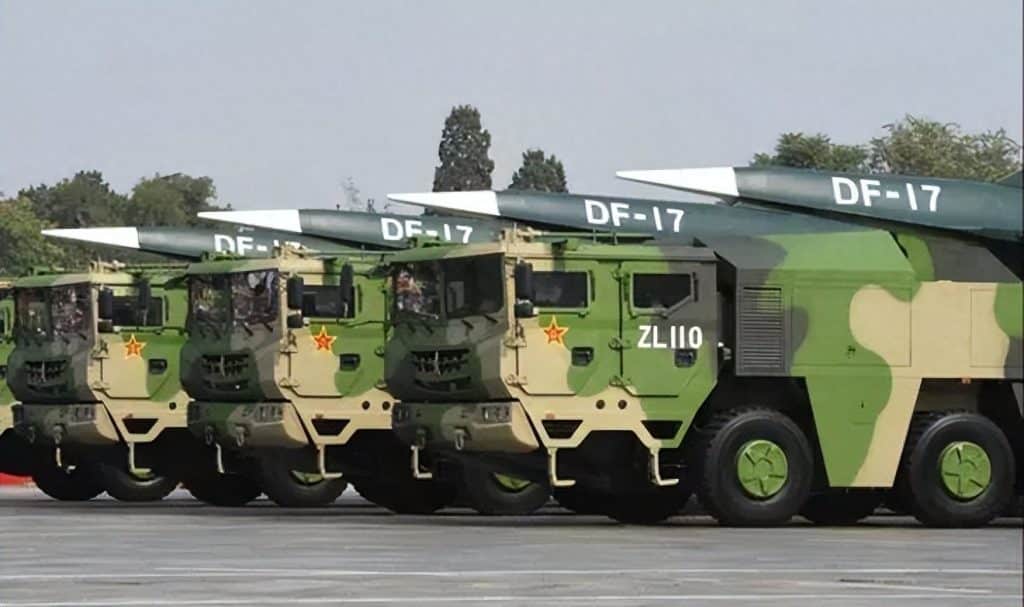When the J-20 stealth fighter made its maiden flight, the Pentagon was stunned: “We had no idea China had this aircraft!”
In reality, China never intended to hide it—America was simply too confident. What Washington didn’t expect was that without imported technology, foreign equipment, or outside approval, China would build one of the world’s most advanced fighters—literally grinding its prototype from scratch, model by model.
The Dragon Quietly Grows Its Teeth
On January 11, 2011, at the Chengdu Aircraft Industrial Group flight test center, prototype “2001” of the J-20 slowly rolled out of the hangar. With its curved side intakes, powerful wing design, and stealthy contours beneath its primer coating, the jet appeared just as U.S. Defense Secretary Robert Gates was visiting China. Its debut shocked the entire Western defense establishment.
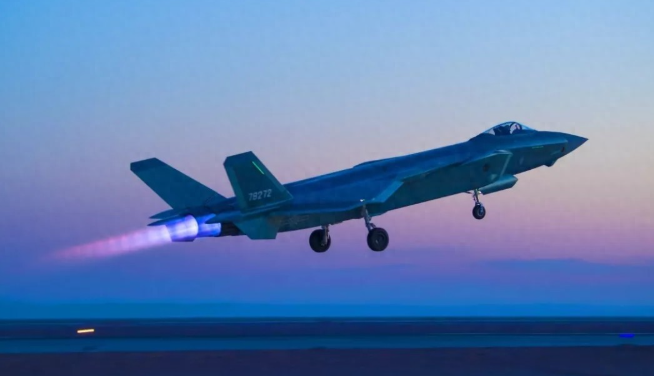
Yang Wei, academician of the Chinese Academy of Sciences and chief designer of the J-20, was also the man behind the J-10 twin-seat variant and a pioneer of digital fly-by-wire systems in China. His words were precise: “Core technologies must be independent. Innovation cannot just be spoken—it must be achieved.”
After Gates returned to Washington, he admitted before Congress: “We seriously underestimated China’s stealth fighter program.” But the truth was not secrecy—it was Western complacency.
By the late 1990s, U.S. intelligence judged that China wouldn’t field a fourth-generation (fifth-generation by Western counting) fighter before 2030. In the 2000s, estimates stretched to 2035. They assumed China would follow the West’s linear path of development. But China broke that script.
By 2013, just two years later, the second prototype “2002” appeared. At the 2016 Zhuhai Airshow, the “Mighty Dragon” performed in public for the first time, stunning audiences. On March 9, 2017, the J-20 officially entered PLA Air Force service—becoming the first stealth fighter in the world outside the U.S. to reach operational status.
As Aviation Week quoted one Pentagon analyst: “We didn’t expect China to leapfrog traditional development stages and achieve a nonlinear breakthrough in stealth fighter design.”
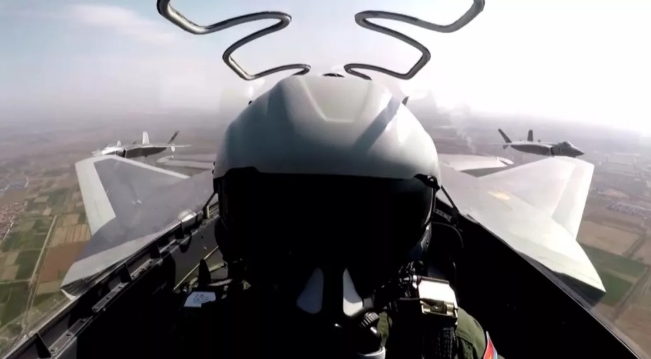
From Scratching Models to Flying Dragons
The secrecy wasn’t in hiding the jet itself, but in an entire research and industrial ecosystem invisible to the outside world.
Back in 1970, over 300 engineers, designers, and families secretly traveled from Shenyang to Chengdu to establish what later became the Chengdu Aircraft Design Institute. With almost no resources, they built their own housing, grew their own food, and sketched blueprints by hand. Wind tunnel models were trucked in and hand-ground when damaged.
Their first major project, the J-9, never reached production but laid the foundation for the later J-10 platform—and ultimately the J-20’s electronic systems and aerodynamic models.
For decades, each generation of aircraft (J-7 variants, J-10A/B/C) increased integration and complexity: analog to digital flight control, modular avionics to fused sensor suites, metal alloys to advanced composites.
By 2010, breakthroughs in radar, electro-optics, and electromagnetic management allowed the J-20 to field an AESA radar with LPI (low probability of intercept) and advanced optical systems—matching or exceeding Western capabilities.
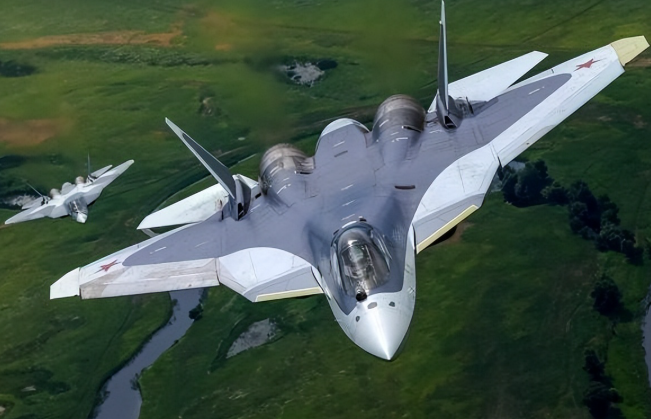
As one senior engineer summarized: “We carved this plane out step by step—not just from sketches to flight, but from concepts to systems.”
“Copycat”? No—Stronger Than You Think
Critics once accused the J-20 of copying Russia’s MiG 1.44 concept. While both share a canard-delta configuration, experts quickly pointed out key differences: the MiG lacked stealth, never entered service, and had no advanced radar.
From day one, the J-20’s design goals were stealth, long range, powerful sensors, and strike capability. Western assessments soon shifted.
- Le Figaro called it a *“strike-fighter hybrid more powerful than the F-22.”
- The J-20 carries long-range air-to-air and precision strike weapons, supported by advanced electronic warfare systems.
- Its data-sharing capabilities rivaled what the U.S. spent years integrating into the F-35.
By 2017, the U.S. Air Force formally added the J-20 into its “threat models” for wargames. The F-22, once unrivaled, faced growing scrutiny for high maintenance costs and declining readiness. By 2024, the U.S. announced plans to retire the F-22 by 2030.
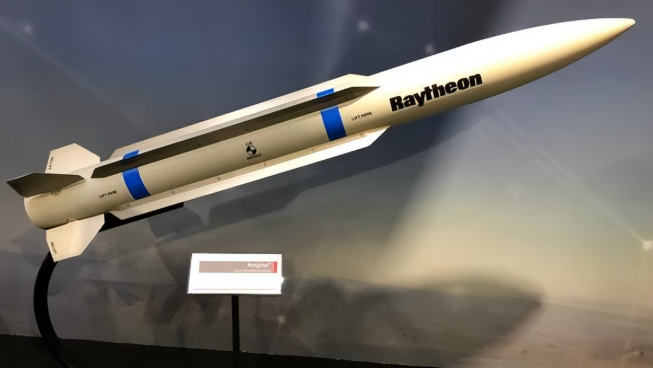
In 2023, the Pentagon launched the Next Generation Air Dominance (NGAD) program, explicitly stating the need to counter “highly maneuverable stealth heavy fighters”—an indirect acknowledgment of the J-20.
From being dismissed as a “copy,” the J-20 became the reference point for America’s next-generation fighter.
Conclusion
The J-20’s journey is not just the story of one fighter jet, but a symbol of China’s aerospace independence. From rough hand-made models in the 1970s to a world-class stealth aircraft in the 2010s, the J-20 is proof of what strategic will and persistence can achieve.
It didn’t just fly—it forced the world to recalculate.
References
- Science and Technology Daily, “J-20 Joins the Ranks of the World’s Most Advanced Fighters,” Mar 31, 2021
- China Aviation News, “From J-9 to J-20: 50 Years of Self-Reliance,” Aug 13, 2025
- China News Service, “J-20’s Anti-Stealth Advantage vs. F-22,” Jan 27, 2016
- Cover News, Interview with J-20 Chief Designer Yang Wei, Mar 8, 2019
- Le Figaro, “China’s J-20 Has Stronger Firepower Than F-22,” Sept 5, 2013
- Global Times, “Russian Media Claims J-20 Copied MiG 1.44,” Dec 1, 2015
- PLA Air Force News, “J-20: A National Treasure Taking Flight,” Jun 6, 2018

